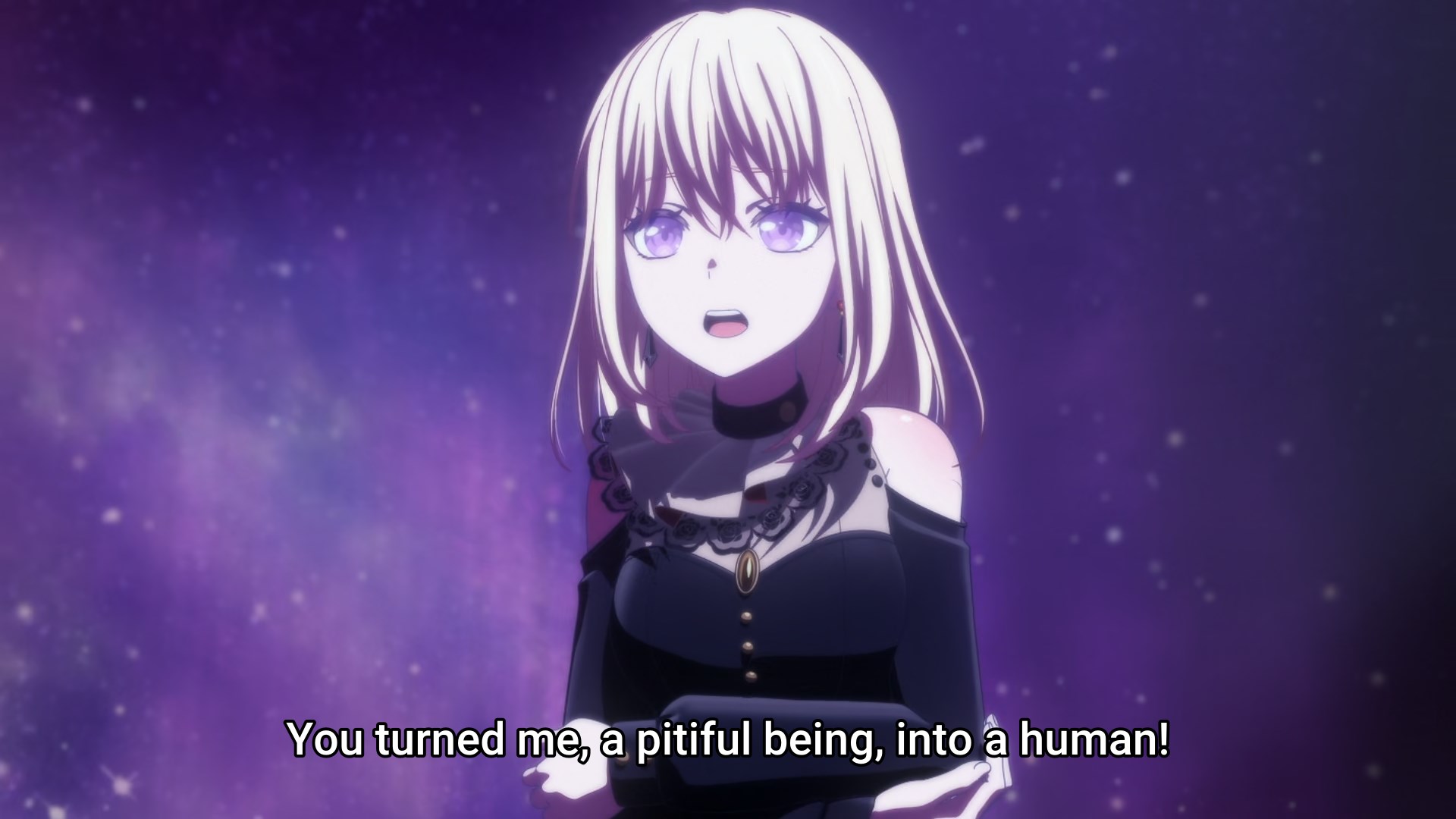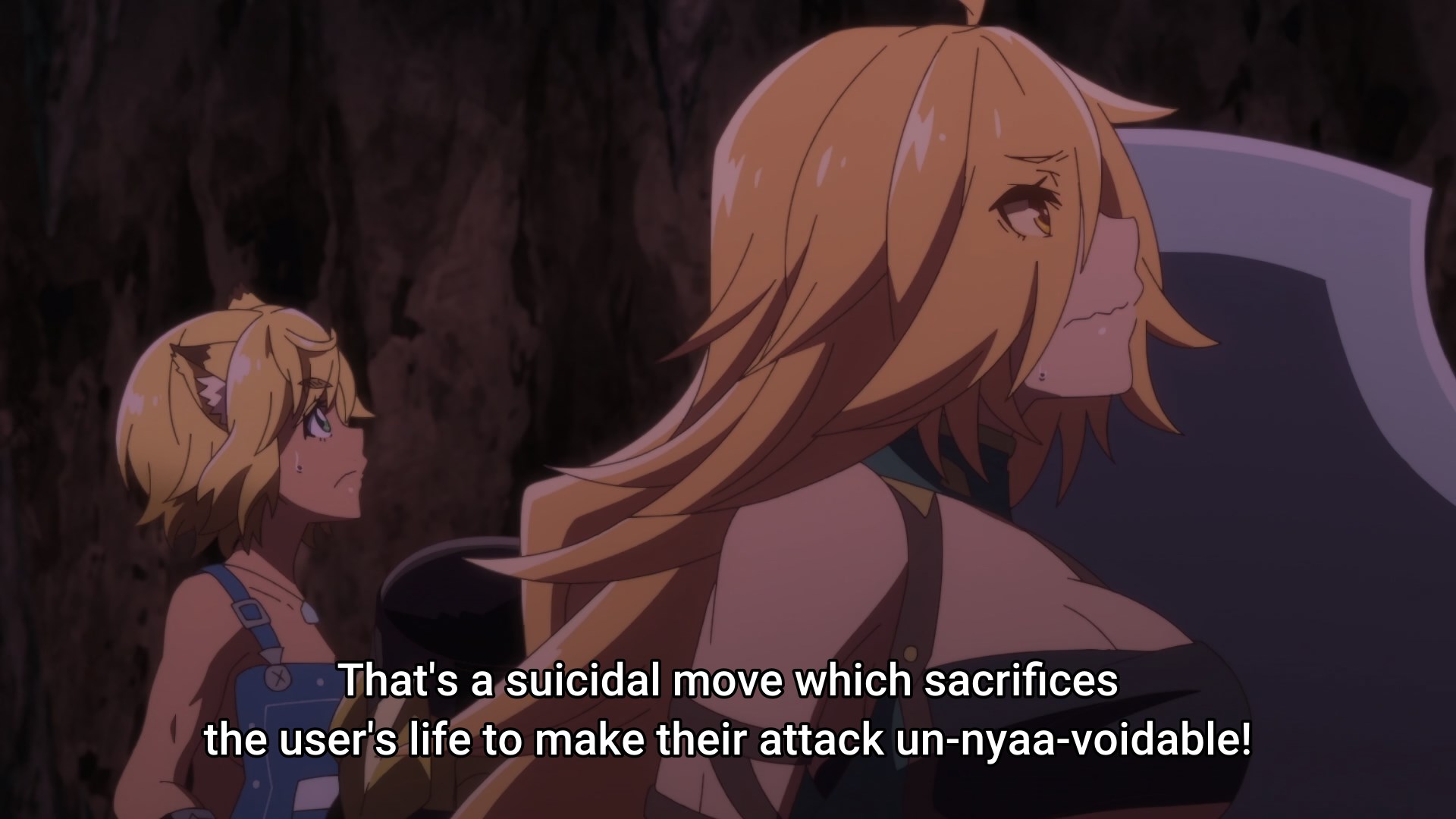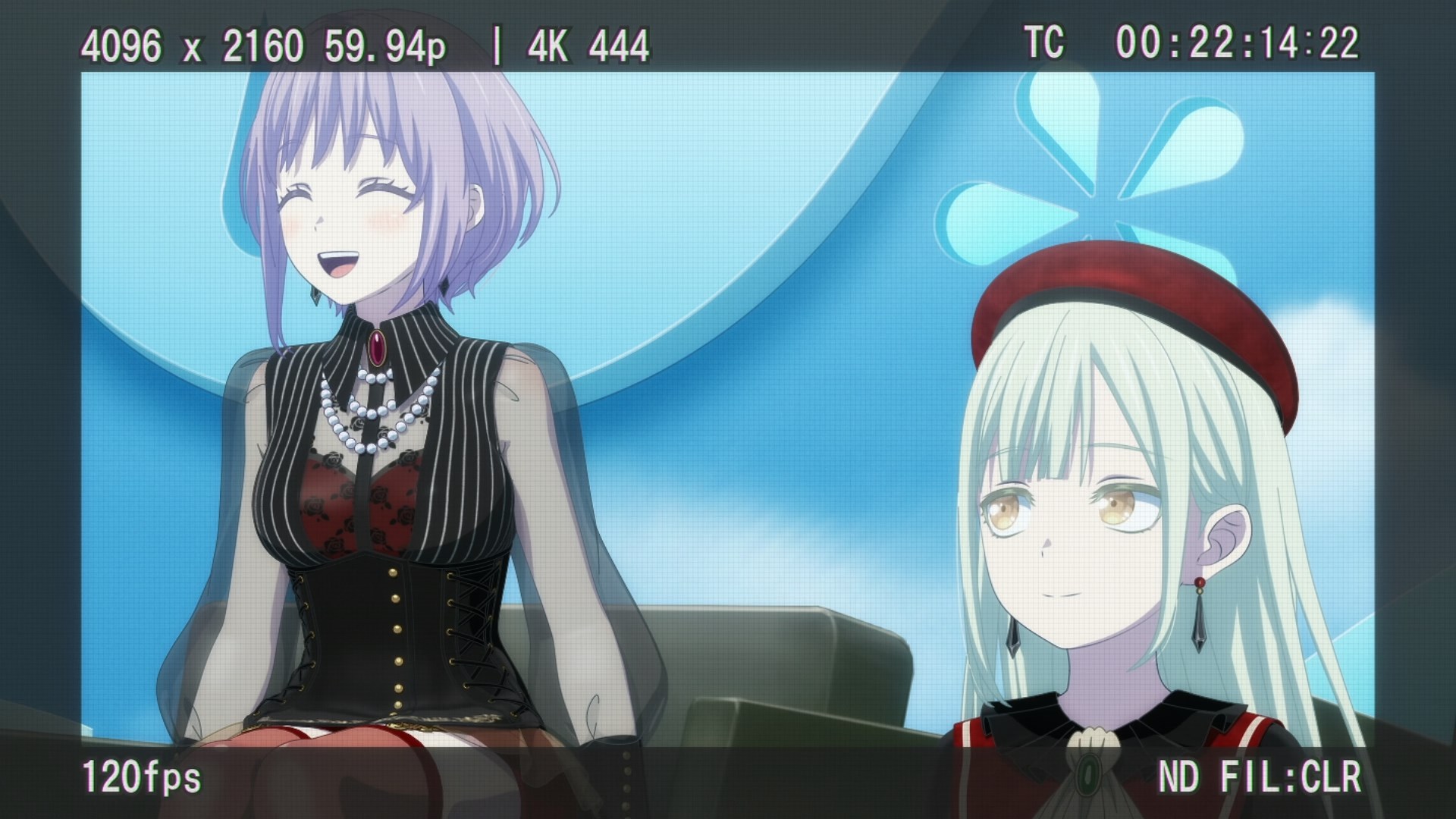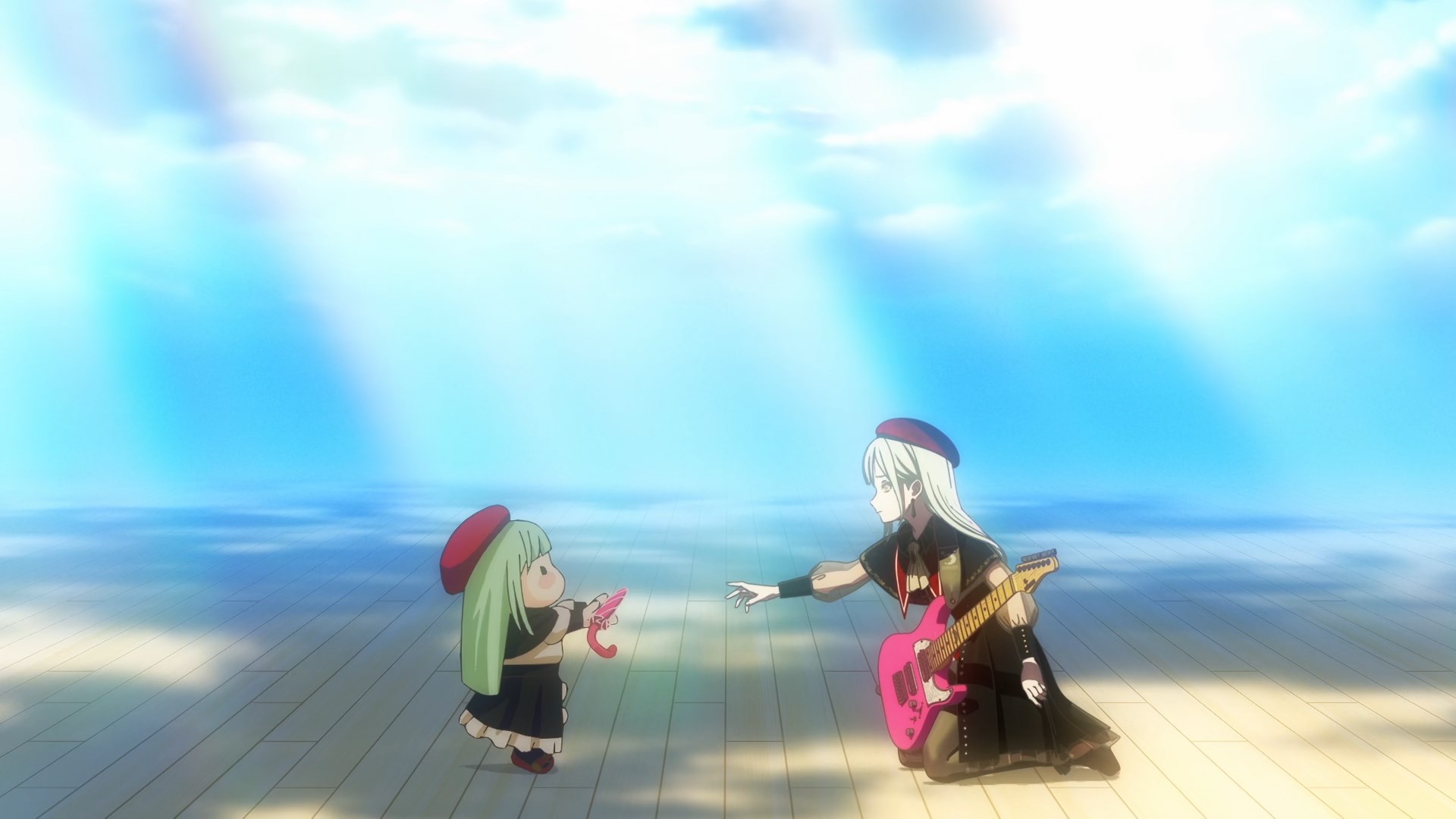Lori wakes up one morning to discover that not only her foster parents, but almost everybody else has vanished overnight. The only other person still elft is Annette, cheerful, naive and optimistic where Lori is cynical and expecting the worst. How will they survive in a post-apocalyptic world that now also has two alien giants living in it?

High concept wise, this is the young adult version of Thomas M. Disch’s The Genocides which has a similar incomprehensible alien invasion (?) destroying civilisation, with humanity reduced to agricultural pests surviving in the niches of their new, alien world. The aliens themselves, giant red and blue figures towering over the landscape, of course have to remind me of Jack Kirby’s Celestials.
The story is uncomplicated. Lori and Annette have to scavenge for scraps to survive in a world depopulated not just of humans, but seemingly most other mammal life, where the only food left seems to be tinned. There’s a gang of other survivors who they try to avoid because they would enslave them. It’s an encounter with the gang that leads to Lori and Annette discovering the giants as well as, Beatrice, an elderly woman who saves them from the monstrous wolves that suddenly turned up in the middle of their flight from the gang. She leads them into the ‘home’ of the red Giant, which seems to be a safe place avoided by the wolves.
All of which is setup for the meat of the story, which is about Lori getting over her habitual mistrust of everybody to accept the kindness of the red Giant. Whereas Beatrice and Annette quickly accept the Giant’s protection, Lori remains skeptical until circumstances leaver her no choice. It’s only at the end of the story that she finally can let go of her suspicions and accept the Giant’s kindness as real, that it is possible for people to act without ulterior motives.
We Called Them Giants is therefore very much Lori’s coming of age story, in which she learns how to take off her armour of self protective cynicism and learns to accept people for who they are. Gillen’s writing isn’t subtle about this: there’s a message here and he will make sure you understand it. Whether it’s convincing is another matter entirely. For me it wasn’t. Maybe I’m just too old for this sort of stroy but I didn’t mesh with it at all. I could see what Gillen was doing and I resented being manipulated into accepting his conclusions here. As Jao said on Bluesky:
It’s very adolescenty and not necessarily in a bad way. It’s just very…. obviously a vehicle to help process certain kinds of thoughts and a developing worldview.
What remains is Stephanie Hans’ gorgeous painted art and that more than made up for the slightly iffy story. A good present perhaps for a bookish young teen in your family.



